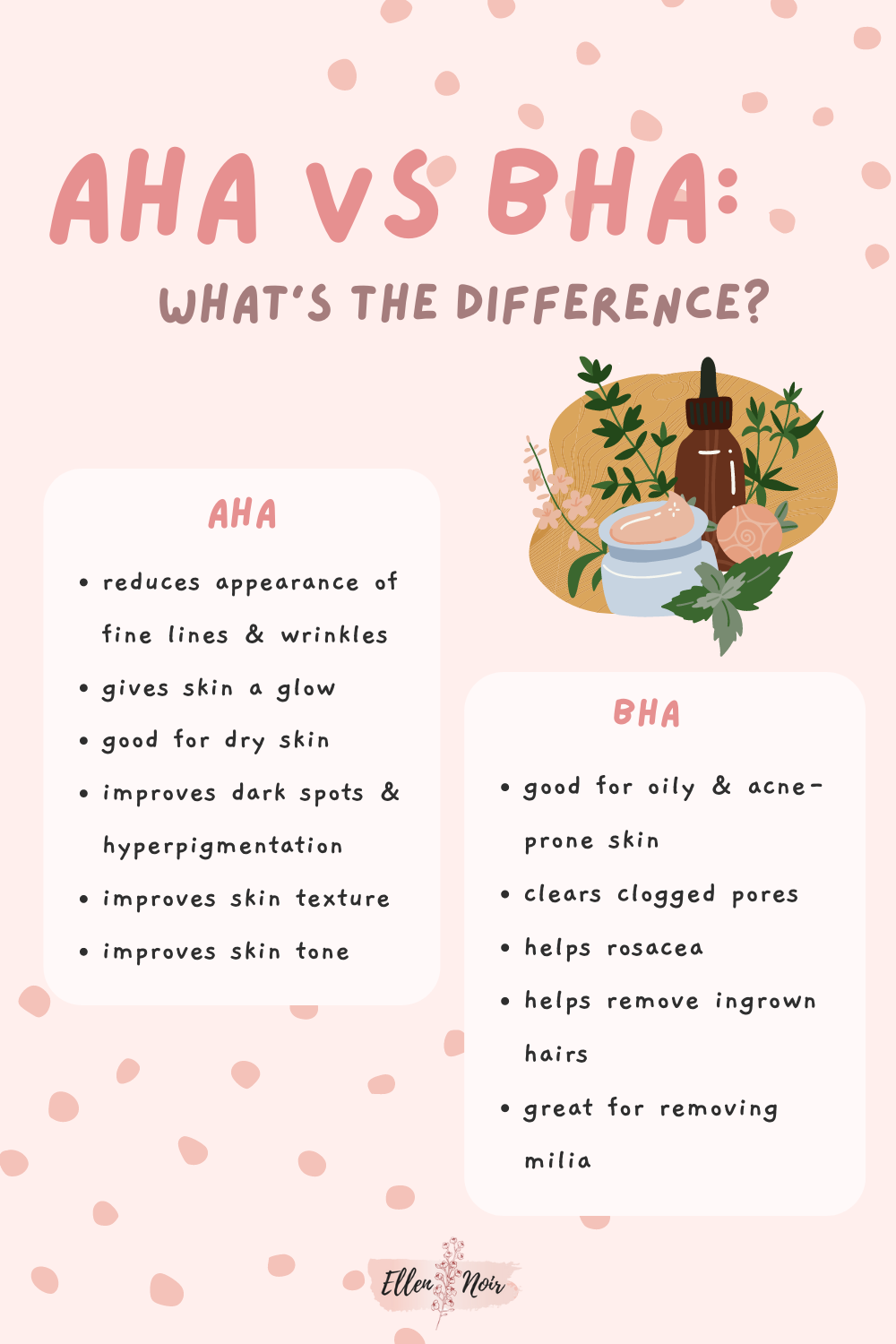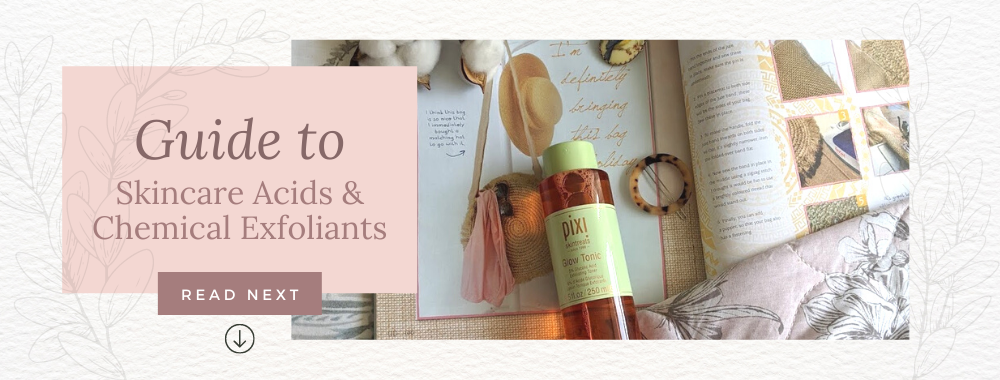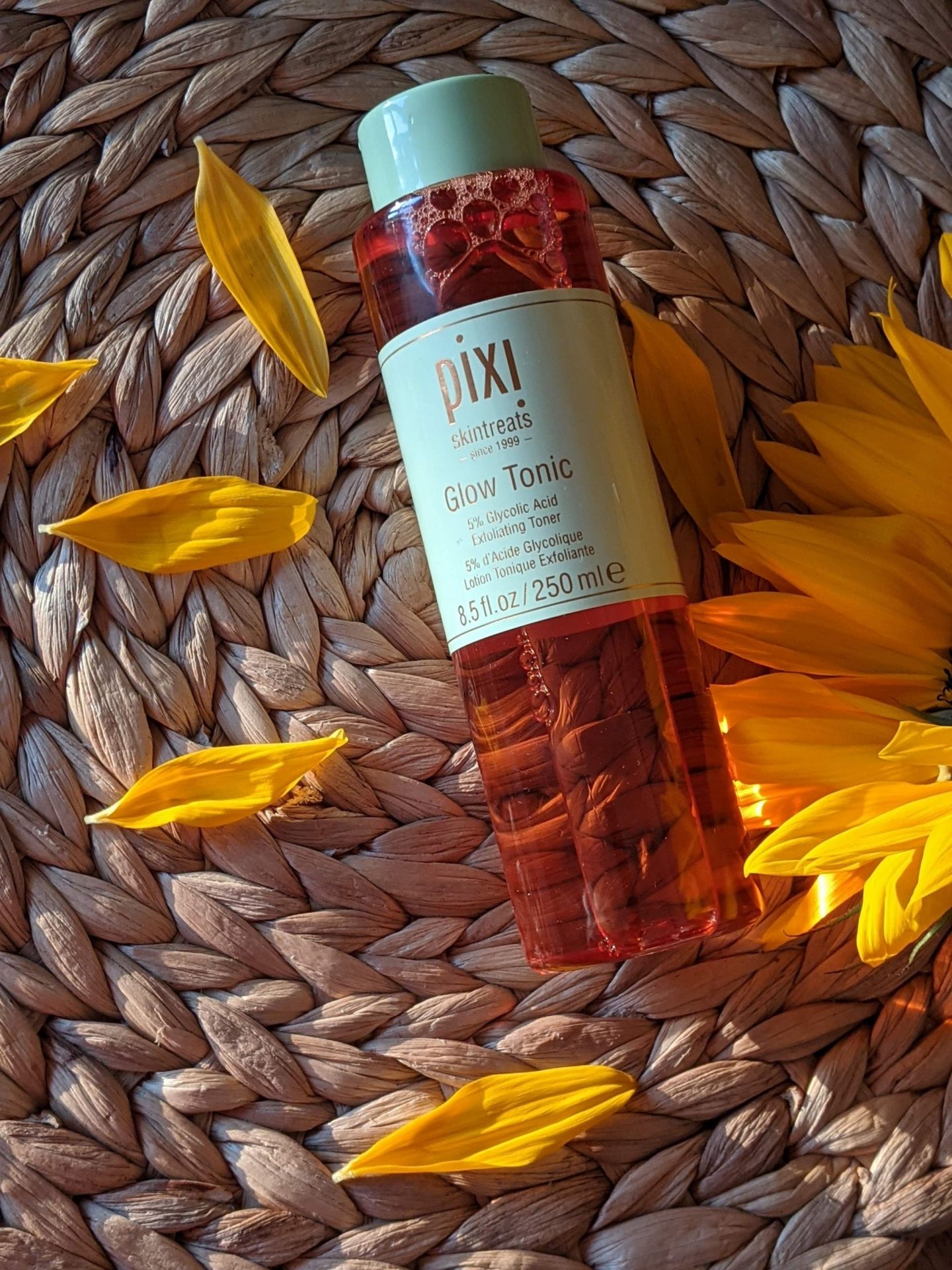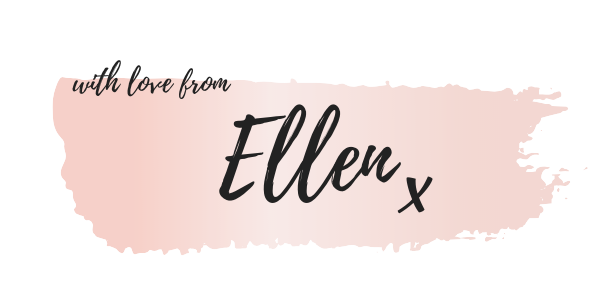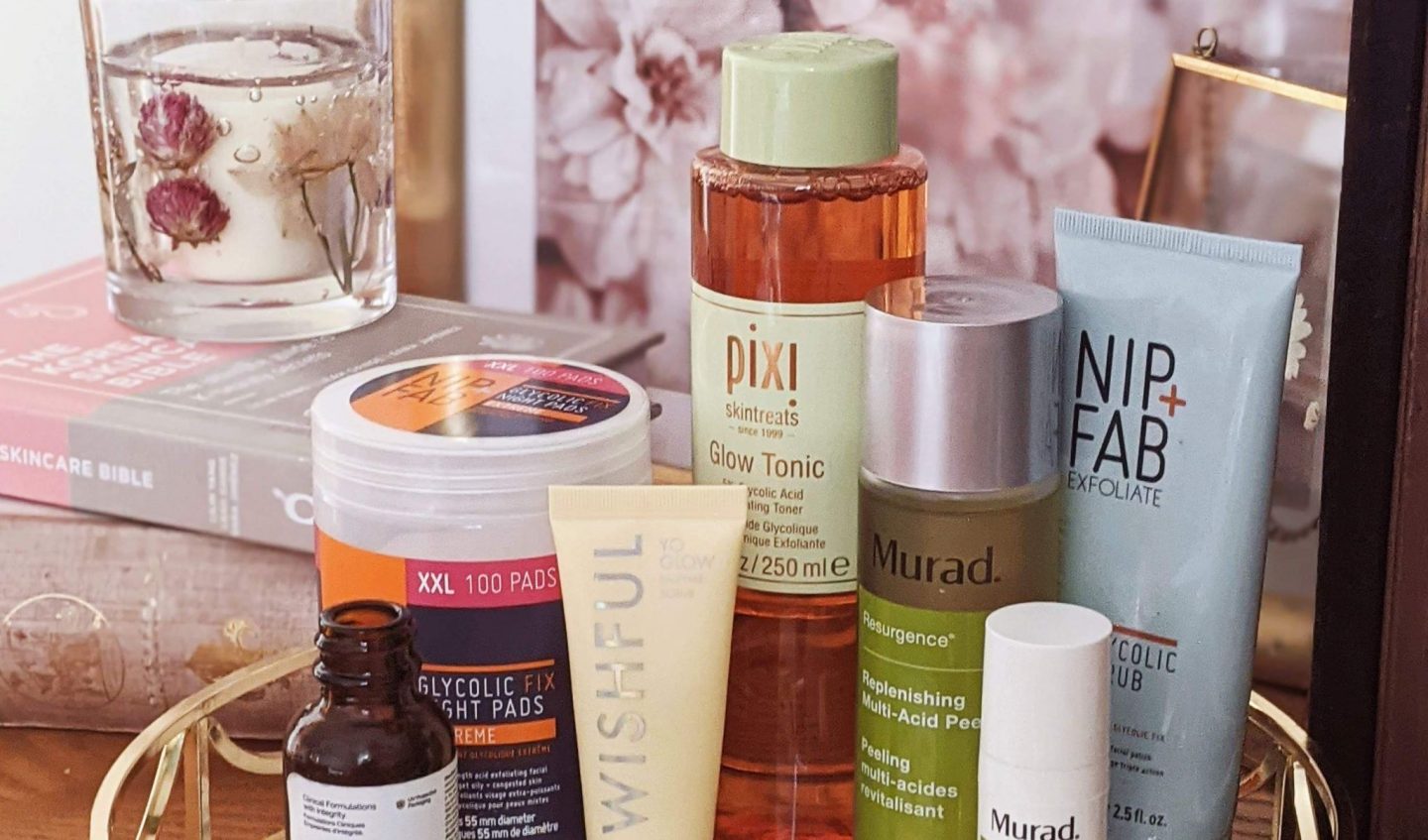
Exfoliating should be part of your skincare routine, and one of the best ways to exfoliate is with a chemical exfoliator; an AHA or BHA. An exfoliator is used to remove dead skin cells, refine pores and smooth skin.
AHA stands for alpha hydroxy acid and BHA stands for beta hydroxy acid. You can find out more about how these work in my Guide to Chemical Exfoliants.
What are AHAs?
Alpha-hydroxy acids are water-soluble chemical exfoliants derived from sugar cane or plant sources. There are several different types of AHA, including glycolic acid, citric acid, mandelic acid, and lactic acid. Glycolic acid is the most common type of AHA found in skincare products.
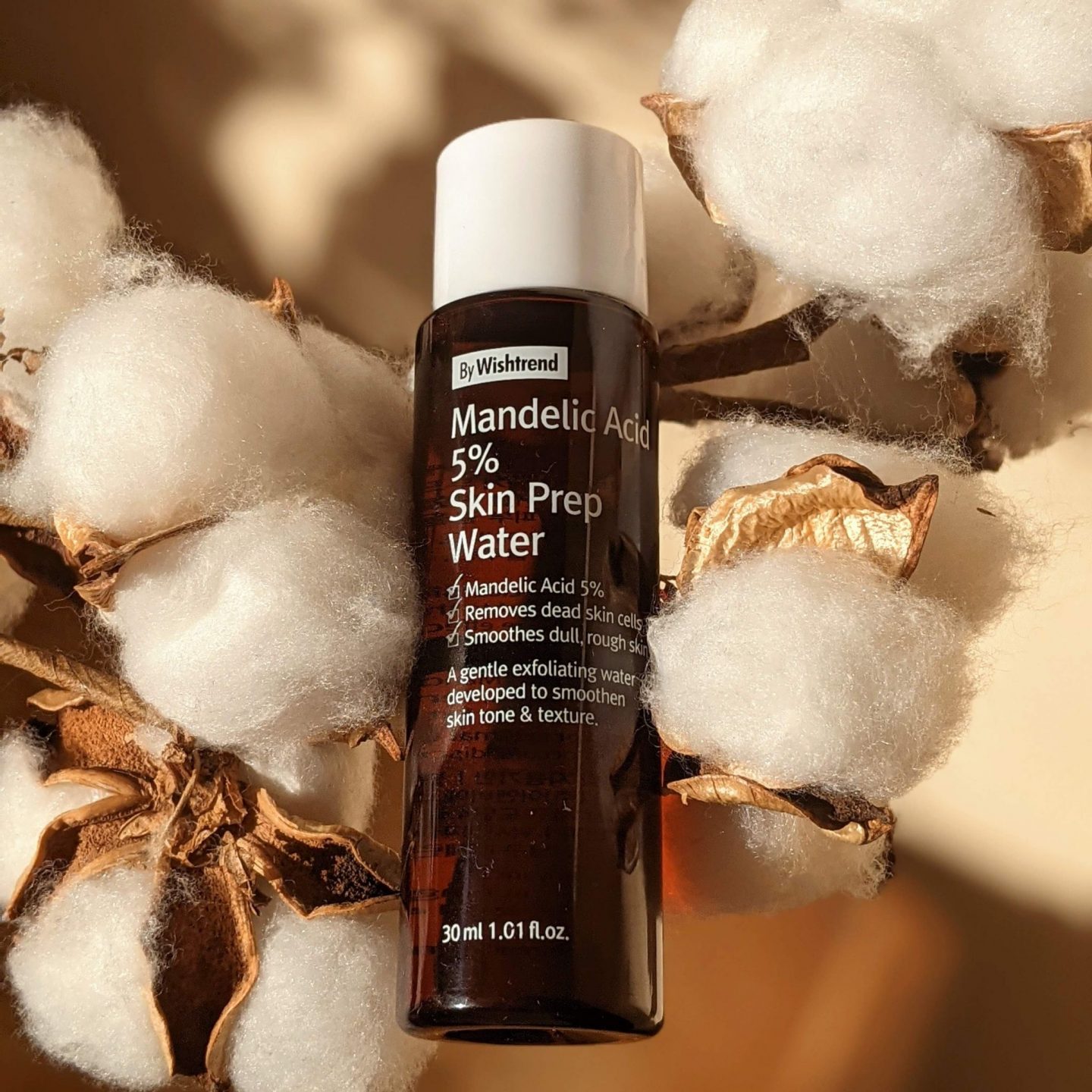
What Do AHAs Do?
AHAs have an exfoliating effect and increase the shedding of dead skin cells, which helps to improve skin texture and reduce the appearance of fine lines and wrinkles.
Alpha Hydroxy Acids are also great for improving skin tone, giving skin a good glow while reducing the appearance of dark spots and hyperpigmentation.
AHAs remove dirt, dead skin and oil, clearing skin to allow other products to better penetrate the skin.
AHA can be used by all skin types, but it is particularly good for dry skin types, especially when compared to BHAs. This is because it can also hydrate skin.
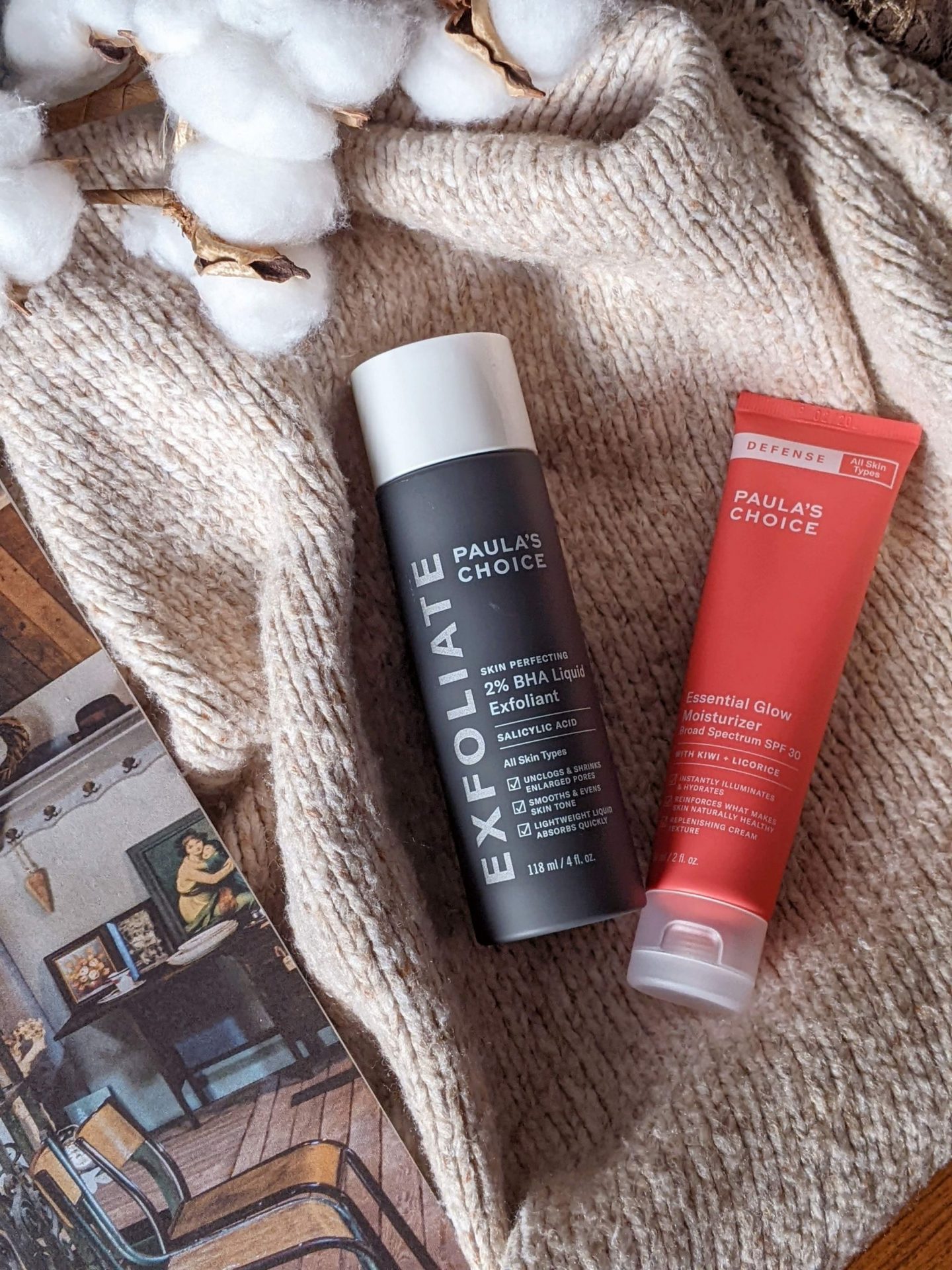
What Are BHAs?
Beta Hydroxy Acids are oil-soluble chemical exfoliants, which can penetrate the sebaceous glands to clear pores. Salicylic acid is the most common form of BHA, while willow extract is a natural form of BHA.
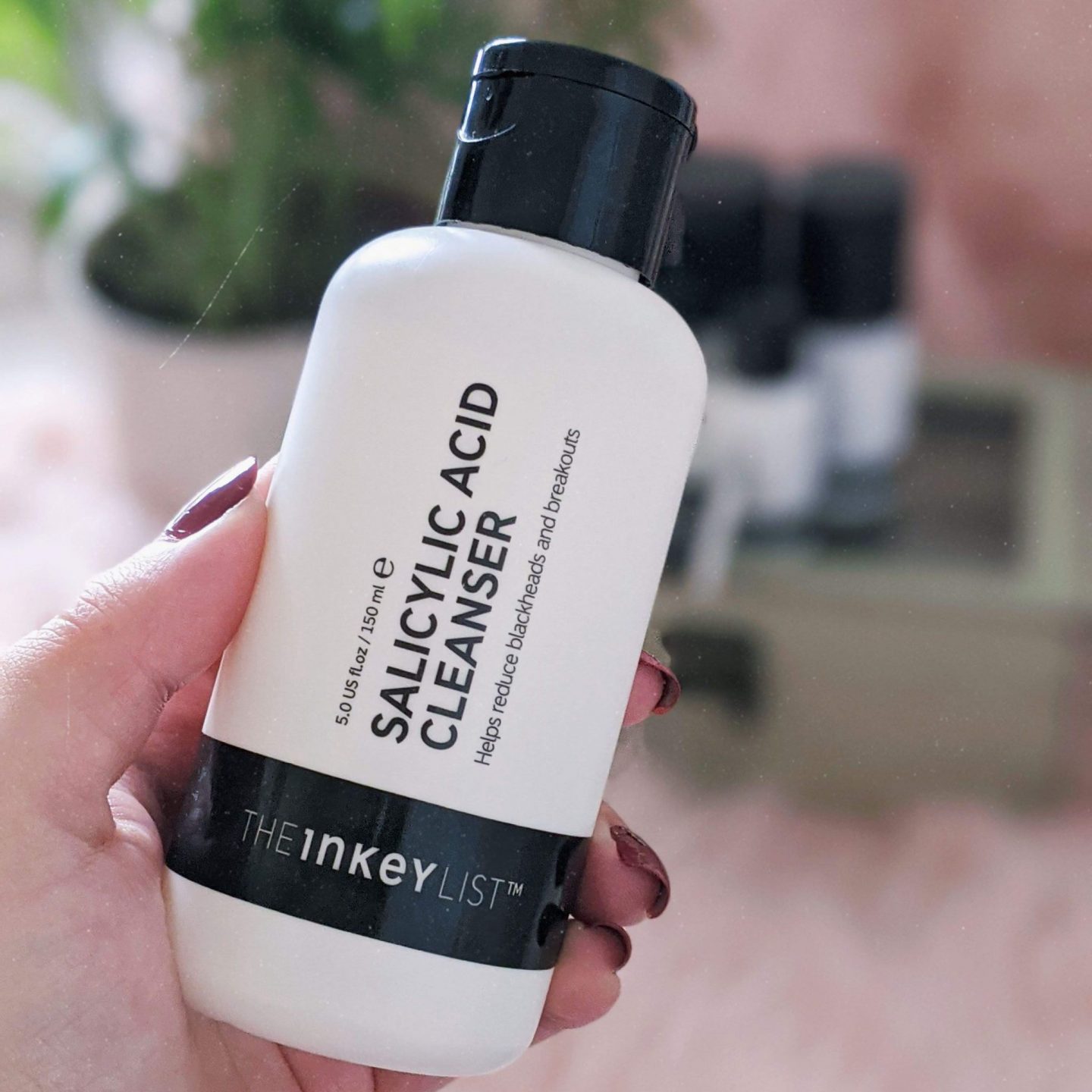
What Do BHAs Do?
BHAs help to clear clogged pores, and are great for oily and acne-prone skin. They can help improve blackheads, whiteheads, acne, sun damage and rosacea.
In addition to refining oily skin, BHAs can help improve the colour and texture of sun-damaged skin, as well as smoothing fine lines and wrinkles.
BHA can smooth skin that suffers from milia. It is strong enough to remove milia, but gentle enough to treat sensitive, rosacea-prone skin.
BHAs can be used by all skin types, but are best suited to people with normal, combination and oily skin types.
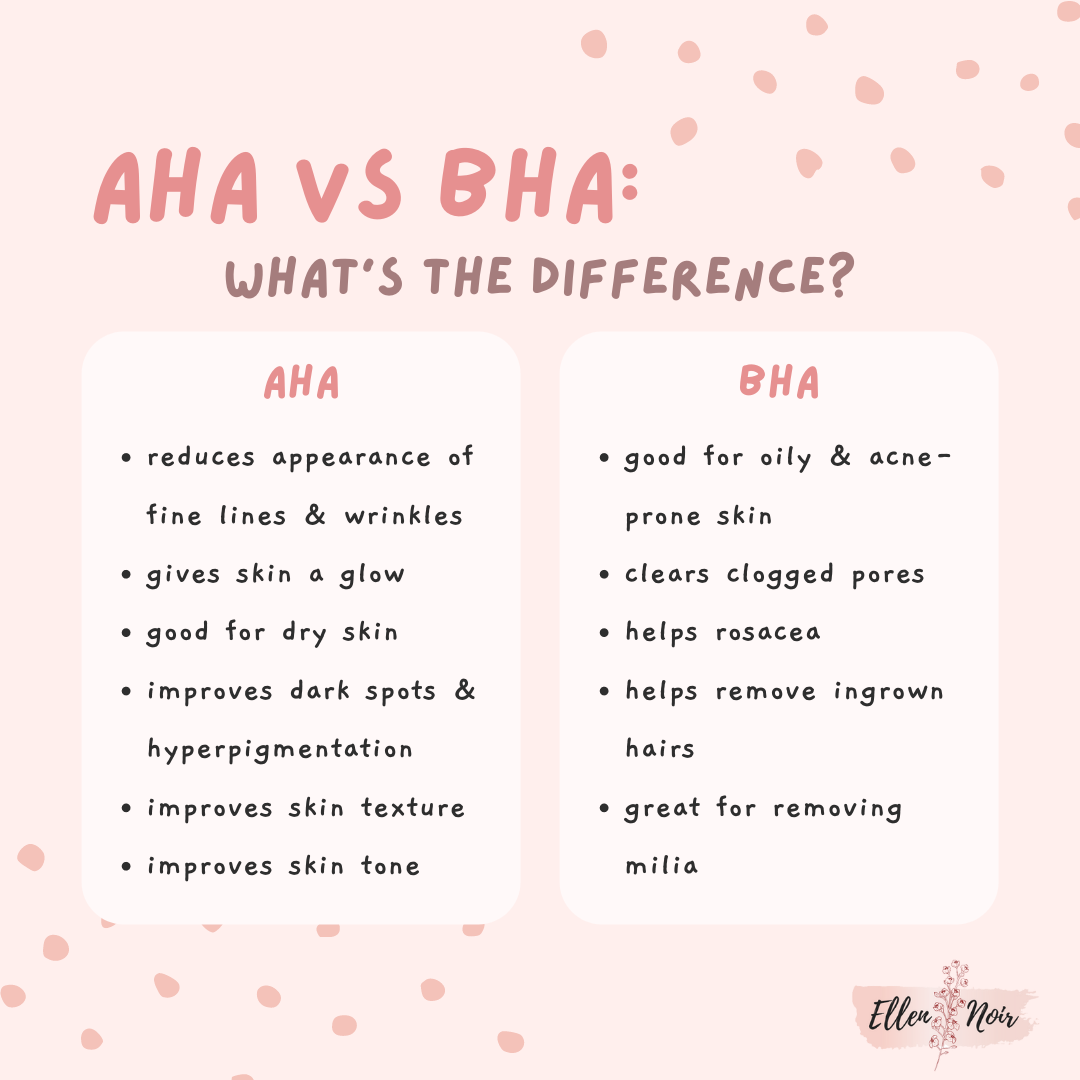
Differences Between AHA and BHA
AHAs exfoliate by peeling away the surface of the skin, making it smoother and more even in tone. AHAs are particularly good for treating the signs of ageing and for drier skin types.
BHAs go deeper into the pores to remove dead skin cells and excess sebum from under the skin surface. As it deeper cleans, it is better for oily skin types, and helps to treat acne and calm inflammation.
Similarities Between AHA and BHA
There are many similarities between AHA and BHA:
- Exfoliates skin and removes dead skin cells.
- Unclogs pores.
- Calms inflammation.
- Reduces the appearance of pores.
- Smoothes the appearance of surface wrinkles.
- Makes skin tone more even.
- Improves skin texture.
Can You Use AHA and BHA Together?
AHAs and BHAs target slightly different areas of the skin – AHAs exfoliate the surface of skin, while BHAs tackle clogged pores. As such, they can be used together. You can find skincare products with both AHA and BHA in, allowing you to target multiple skin concerns at once.
However, you do not need to use both at once, or both at all. Either AHA or BHA exfoliation can be enough for your skin.
Want to learn more about skincare? Follow me on Instagram for skincare tips and reviews.
